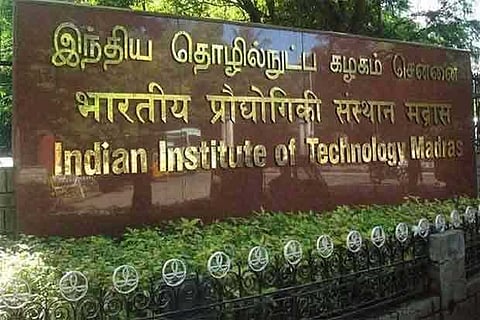

Chennai
An estimate of accurate time of arrival of non-destructive waves of earthquakes would not only help in developing a robust early warning system but also gives a lead time of approximately 30 seconds to 2 minutes (range may vary depending on the distance of epicentre from the monitoring site) till the destructive surface waves hit the ground, it said in a press release.
Though small, this lead time is sufficient to shut down nuclear reactors, Metro Rail, park elevators in high rise buildings at the nearest floor and numerous other measures that can save lives. “The proposed framework is not necessarily limited to the detection of seismic events but is generic and can be used for fault detection and isolation in other domains as well,” said Prof Arun K Tangirala, Department of Chemical Engineering.
Seismic signals can be generated from either natural sources (earthquakes, volcanic eruptions, tsunami) or man-made sources (heavy traffic, nuclear explosions, mining activities, etc).
This released energy moves out in all directions as a wave and is recorded as a seismic signal by a seismometer.
The unique aspects of this solution approach are that it is commensurate with the noise characteristics resulting in minimal sensitivity to outliers or robust detection and offers a more flexible frequency band selection by decomposing both lower and higher frequencies in each level, resulting in accurate detection.
Visit news.dtnext.in to explore our interactive epaper!
Download the DT Next app for more exciting features!
Click here for iOS
Click here for Android